Piazza castello 38
Giuliano di Lecce
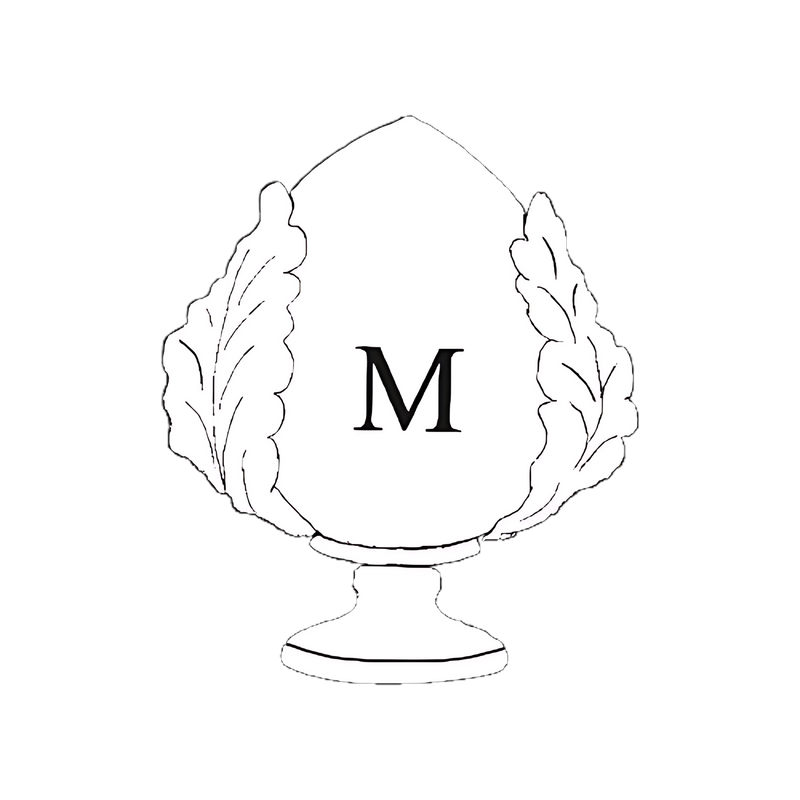
A magical 2 bed/ 2 bath apartment in a 19th century Palazzo, opposite a 16th century Castle, in Giuliano di Lecce. Enjoy the peace and quiet of a small village whilst being near both the Adriatic and Ionic sea.
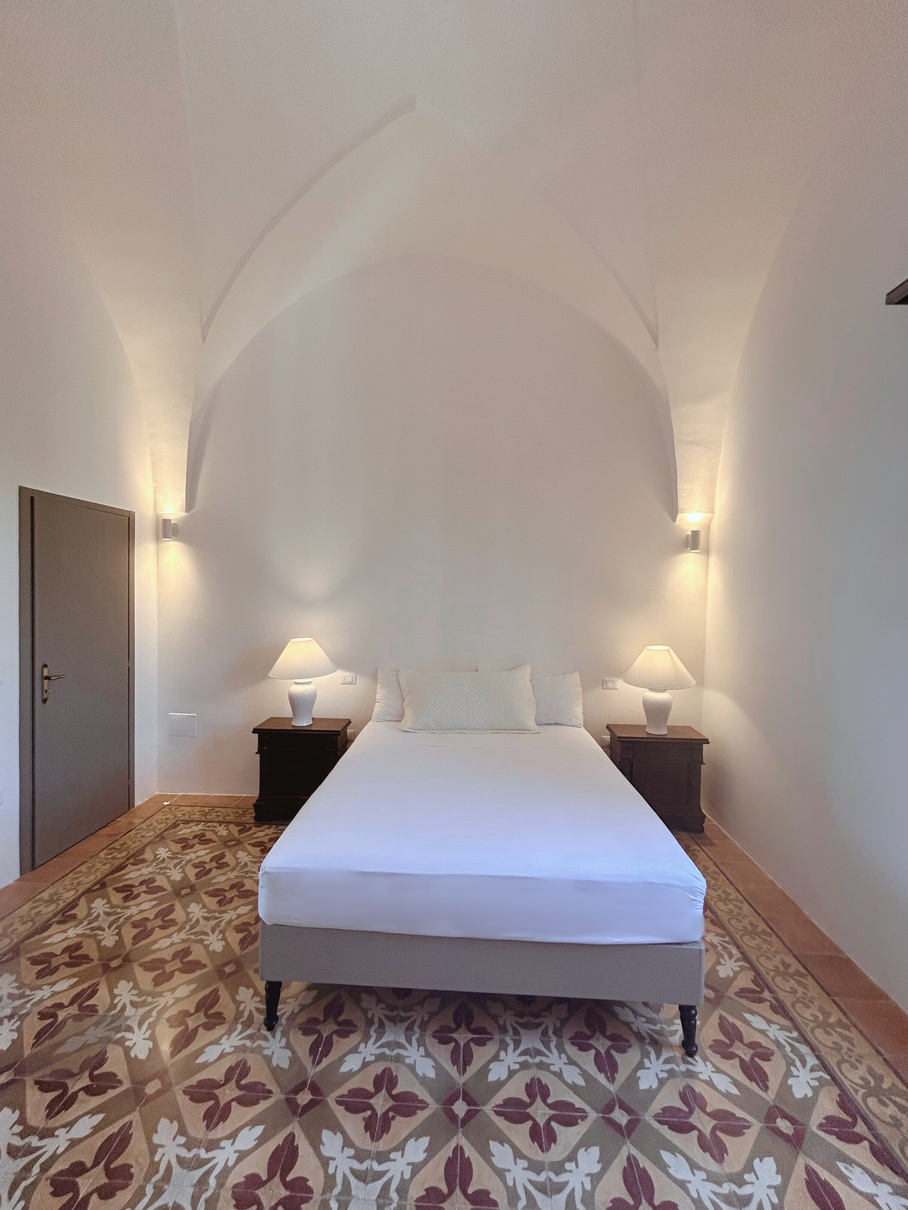
Piazza castello 38


About piazza castello 38
The house itself was probably built in the early 19th century and has been divided into two floors: ground floor and Piano Nobile. You will be staying at the Piano Nobile, accessed through a separate entrance with stairs leading to the apartment.An automated lock on the door means you will have your personal access code, no need to pick up a key or wait for somebody to arrive to open the door.
Inside
Piazza Castello 38 has a comfortable living/dining room, a small kitchen in the connecting hallway, 2 bedrooms and 2 bathrooms. The apartment retains the original window openings and has a small balcony. The floors are probably from the mid 20th century. Made of ‘cementine’, a particular tile used all over Puglia, The style used is ‘a tapetto’ which means ‘like a rug’: a geometric decoration in the middle, with a border on all sides of the design.
The hallway floor had to be replaced and has been retiled in the same material, but kept plain to celebrate the unique designs of the floors in the main rooms.
The living room has a 55 inch smart TV and wifi is FREE so you can connect your own streaming services. There is a new airconditioning system in all rooms with silent and air difusion mode for your comfort and a mechanic ventilation system in the bathrooms.
The kitchen has 2 free standing induction cookers, a dishwasher, a full size fridge/freezer, a full size washing machine, a big Ninja air fryer, an electric kettle and a coffeemaker suitable for induction.
All windows are fitted with mosquito nets. An instruction leaflet explaining all utilities will be present on arrival and sent to you via email. Access to the roofterrace is currently not possible (2025).
I have tried to make the apartment green where possible, so everything runs on electricity. The shower system has two settings, eco and normal but due to the low water pressure in the village, the normal setting is probably the most comfortable. The water tap in the kitchen has a special filtered water system; by using the lever on the left of the tap, you can drink this water safely and avoid the use and expense of the plastic water bottles from the supermarket.
Welcome package
Empty new water bottles can be provided upon your arrival, so you can fill these up and take these with you on your outings (also a nice souvenir to take home). You can also opt for a full welcome package: A beachbag with 4 water bottles, a bottle of wine, taralli, dishwasher tabs and laundry caps.If you book a week stay you will receive this for FREE. I can also organise for somebody to be present to welcome you to the apartment, to receive some real time info on events and help with other enquiries you might have. Please contact me for more information on this special package.
Please be aware
Due to the nature of the apartment it is not suitable for young children and there are no special facilities to accommodate them.Unfortunately we cannot welcome pets either at this time. The wifi is free and the internet speed is good, however in July/August the lines can get overcrowded and speeds might drop below a desirable level. Unfortunately this is out of my control, currently there is no high speed fibre optic cable in Giuliano. I always advise to download programmes you would like to see beforehand, to avoid any disappointment.

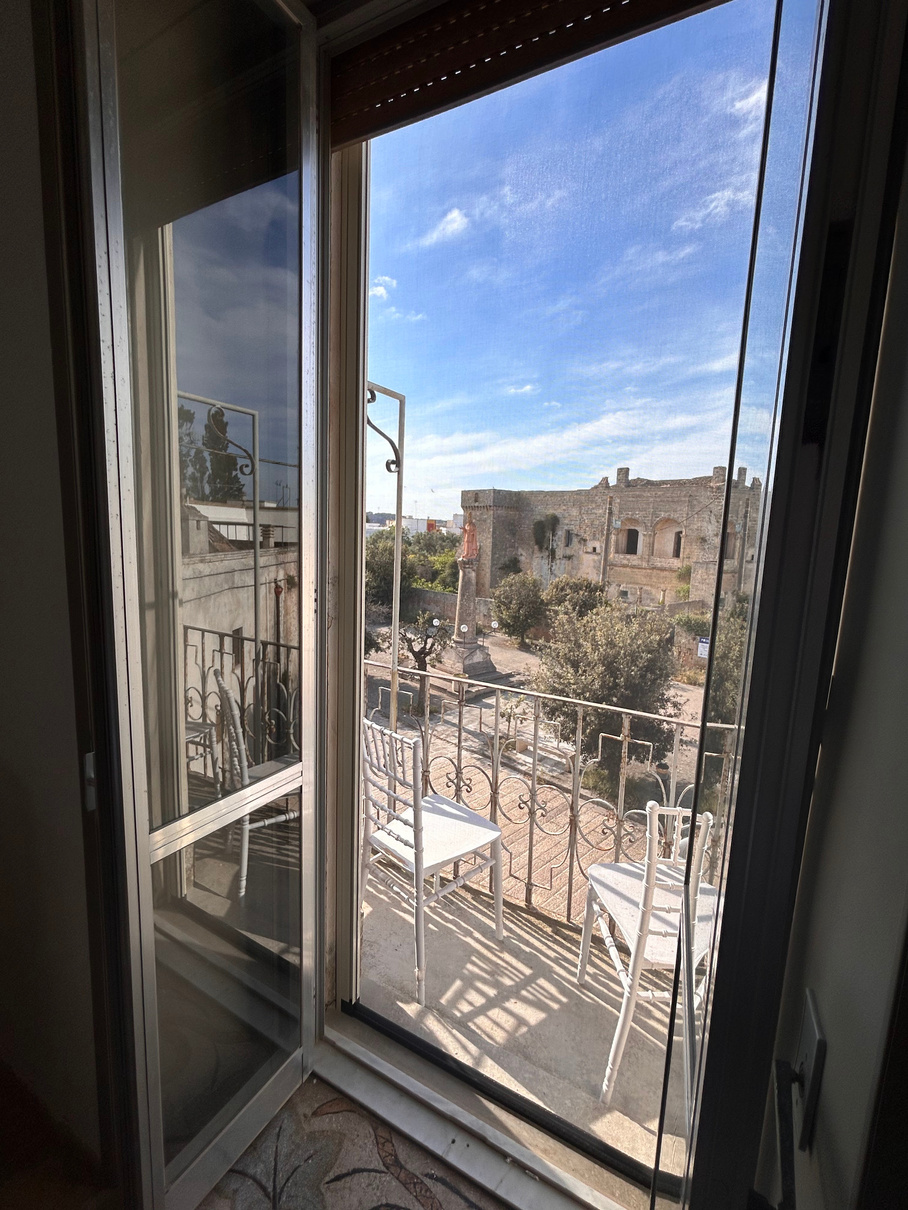













Piazza castello 38

la SALA

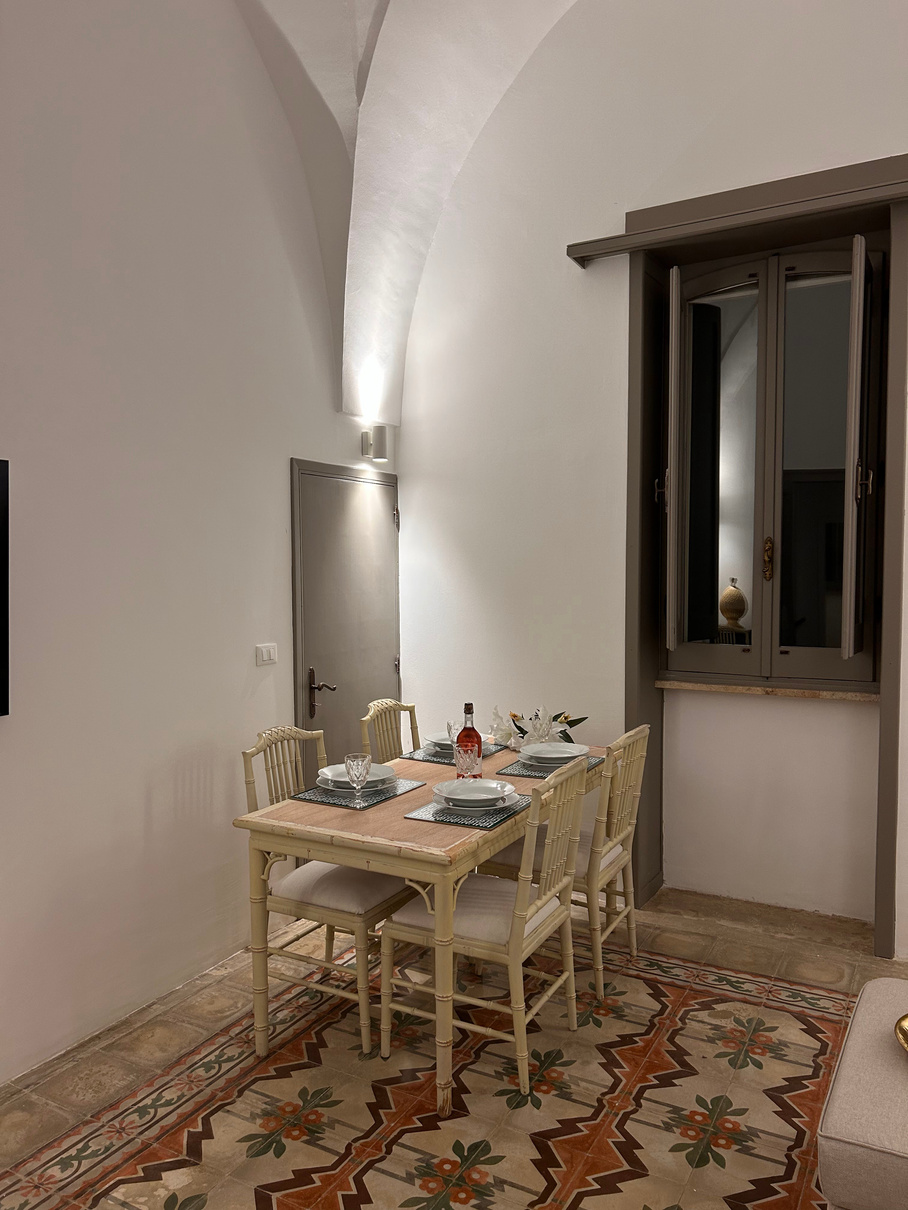


Double antique wooden doors open up to the ‘sala’. The beautiful antique floor off set by the crisp white walls with a vaulted ceiling are typical examples of Salento architecture.
A comfortable three sitter sofa, two poufs, a faux bamboo dining table with 4 chairs and a 55" TV, make this a comfortable space to relax. The room has airconditioning and the large window looks out over Piazza Castello and the castle.

Piazza castello 38

Bedroom
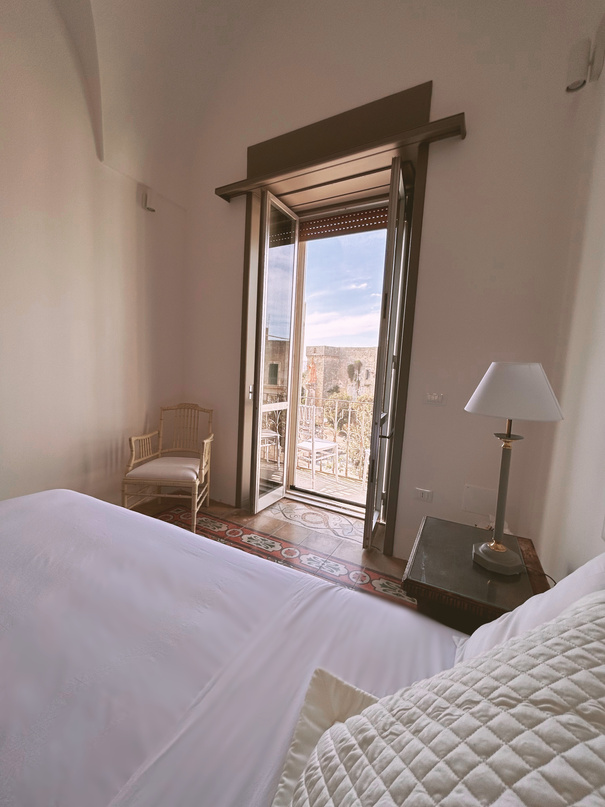

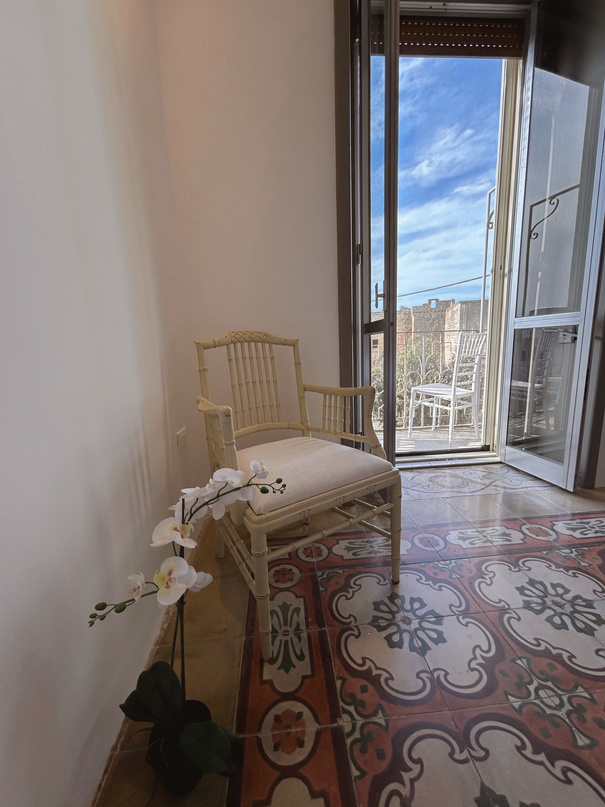
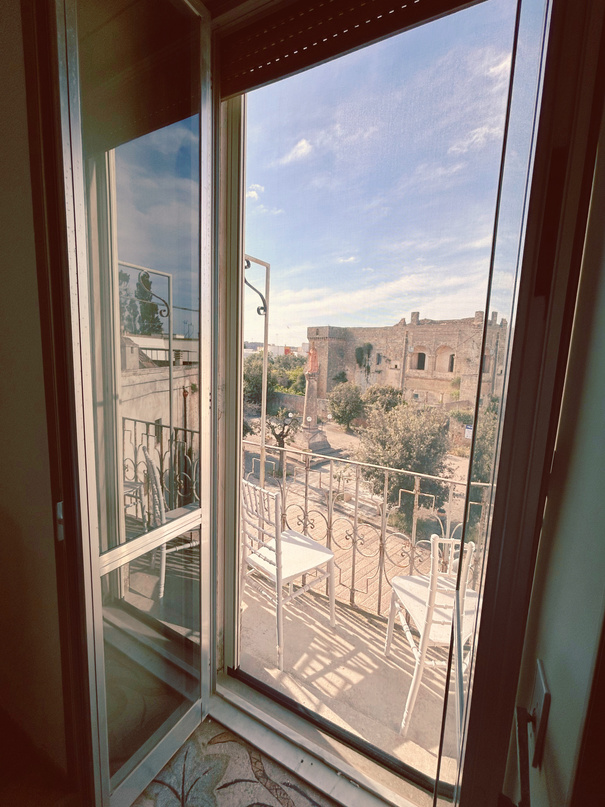
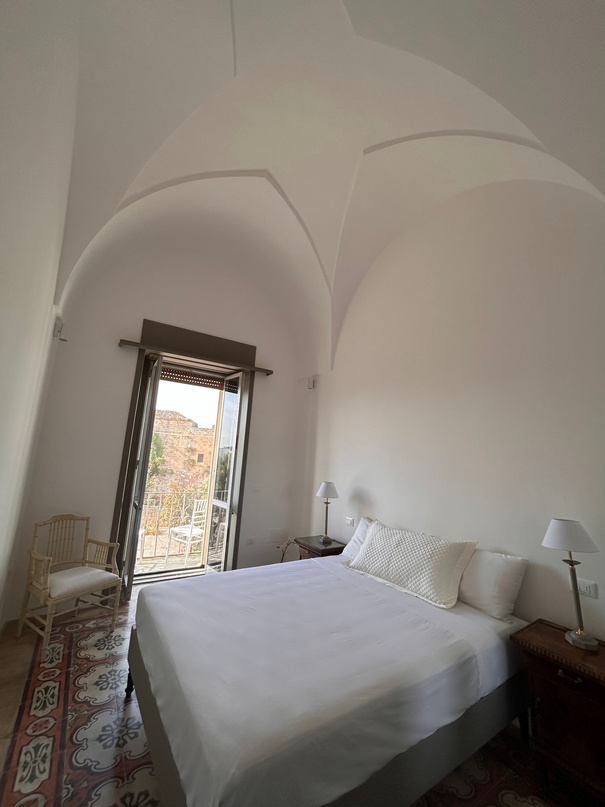
In this charming bedroom, you'll find vaulted ceilings, an antique floor, and a quaint balcony overlooking the castle. The room features a cozy 160 bed with a pocketspring mattress, four pillows, and a spacious double wardrobe with plenty of hangers. Additionally, there are sockets on both sides of the bed for charging your electronic devices, conveniently placed on the antique nightstands.

Piazza castello 38

bedroom 2

This spacious bedroom features vaulted ceilings, an antique floor, and a private en-suite bathroom. Antique bedside tables complement the 160 double bed, while a large double mirrored wardrobe provides ample hangers for your belongings.
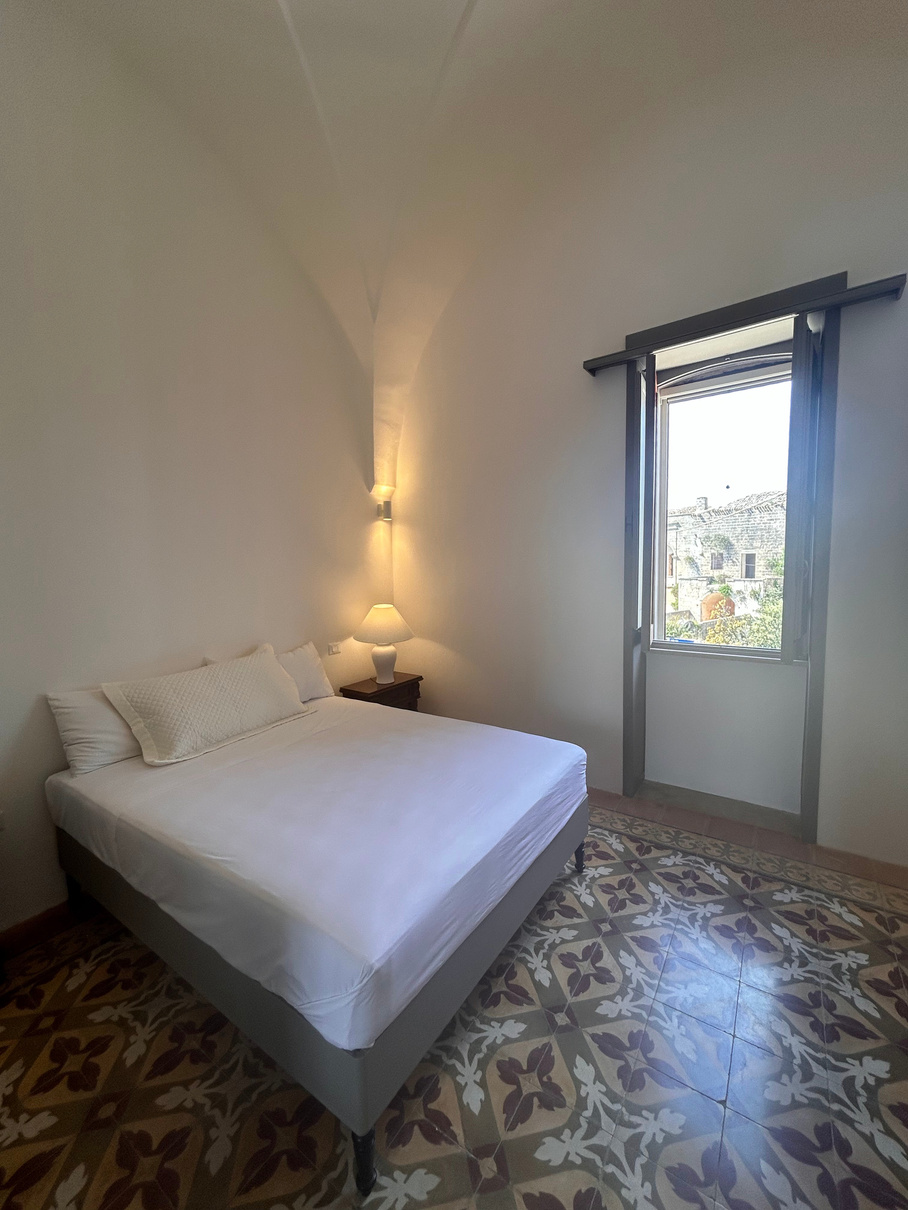
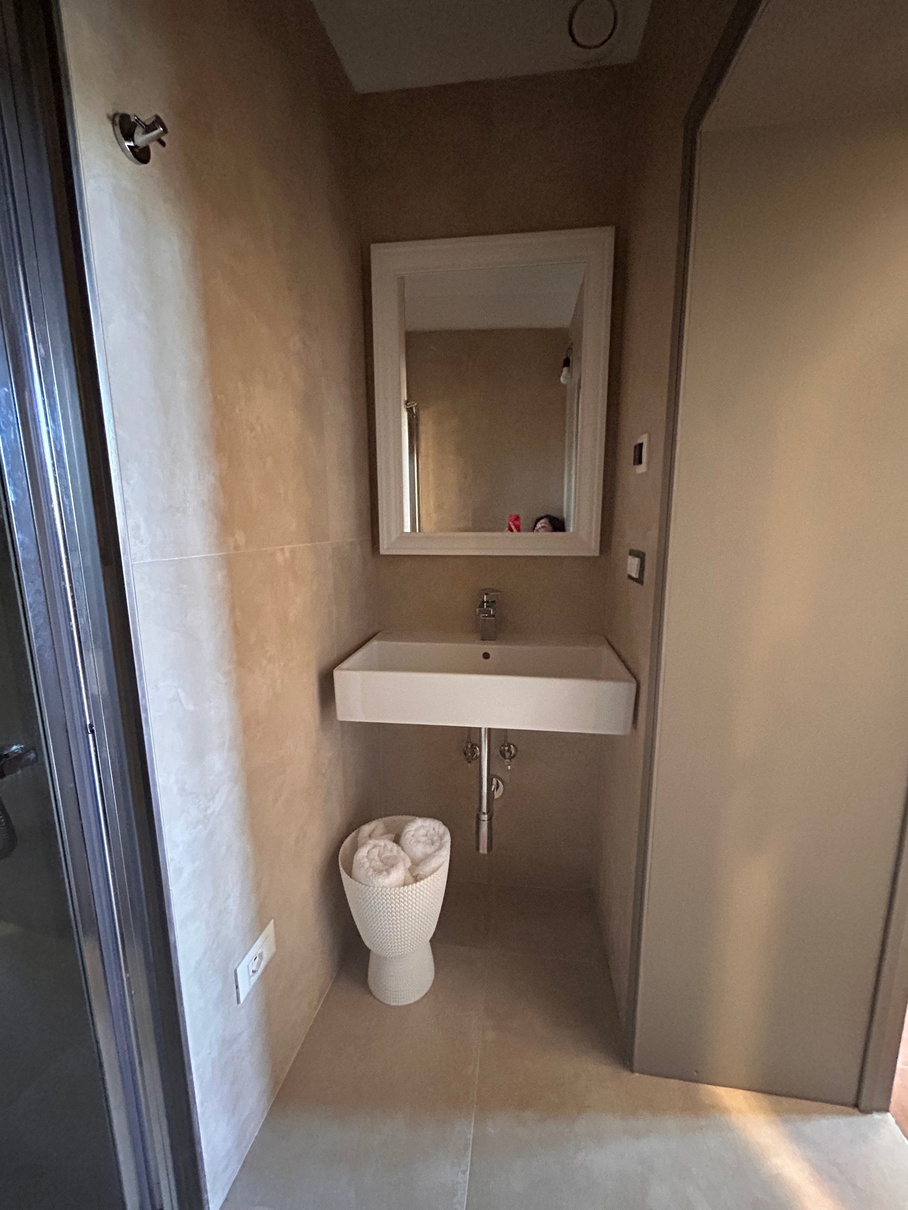



Piazza castello 38

Ciao!
My name is Micky, I’m Dutch and a proud mum of twin boys. I have a masters in Art History and after 18 years living and working in England and Italy we are currently living in the Netherlands.
I will never forget my first visit to Puglia in 2000. I remember feeling shocked; it was all so very different from the Italy (read Tuscany) that I knew; rough and dry with orange earth and no luxury hotels. But after a couple of very nice days at the beach, some amazing food and wine, I ended up having a wonderful stay and appreciating this very different area of Italy.
I had not thought about Puglia until I visited again in 2016. The rougher nature and the beauty of it really made a big impression again and I started dreaming about the possibility of having a place here. It was not until 2020, in the middle of the pandemic, that I started looking for a suitable place to buy. I wanted something simple, in a village, with a private outdoor space, several bedrooms and vaulted ceilings. Not an easy thing to find and after a sale that fell through I had given up hope.
Until I found Piazza Castello 38... I had visited the village of Giuliano di Lecce and had hoped to find something there, since it is one of the few villages that stays relatively quiet in summer. I love being in the thick of it, but also need some peace and quiet when I want to relax.
Imagine my joy at finding it! I utterly fell in love with the fact that it was opposite a castle (my inner disney princess took over) and in an old palazzo (hello art history degree).
The journey to renovate the apartment was surprisingly long and arduous, especially considering this was not my first stint in renovating a property in Italy. I had some serious setbacks, but in the end it all came together (with a lot of help of my DIY-pro dad). If you would like to see more of the journey, the problems and lessons learned, but especially the wonderful moments, you can click on the link here. The journey is not over yet, I have big plans for the roof terrace which should be ready in 2025.
My goal was to create a little sanctuary, a home away from home, with all the amenities that make life comfortable, like a nice bed with a good mattrass (I have the same at home), quiet airconditioning and nice furnishings. ‘Fai come se fossi a casa tua’ as they say in Italy. I am very proud of the result and I hope you will have an amazing stay in Piazza Castello 38!
Toedeloe,
Micky
Piazza castello 38
Get in Touch

Contact
Would you like to be one of the first to stay in this lovely apartment?
Contact me for a very special offer!
mickyinpuglia@gmail.com


Piazza castello 38

Local Amenities
Just outside the village gate is piazza Giuliano with a little bar for your morning cappucino and pastichiotti and a mini market for day to day groceries.
On the same piazza is a wonderful trattoria called ‘Fùlana’ with amazing food and a nice veranda for outdoor eating. You can also buy local wine and olive oil here.
Take a left outside of the gate and a little bit further up the road you will find a farmacia.Do not forget to explore the village itself, by taking a right when you leave the apartment, with it's beautiful baroque church and interesting architecture and of course the menhir, it's worth taking a look. Not bad for a village with only 500 inhabitants!
Surrounding area
Beaches are about 15 min by car and the choice is endless. Or why not go on a boattrip from Santa Maria di Leuca to explore the caves or hire your own boat. Do not forget to visit the lighthouse, it's really quite special, especially at night.
Cyclists can hire a bike for the day and explore the countryside.
Cultural lovers have a massive selection of places to visit, all within an hour's drive: Gallipoli, Otranto,Specchia, Nardo and of course Lecce itself.

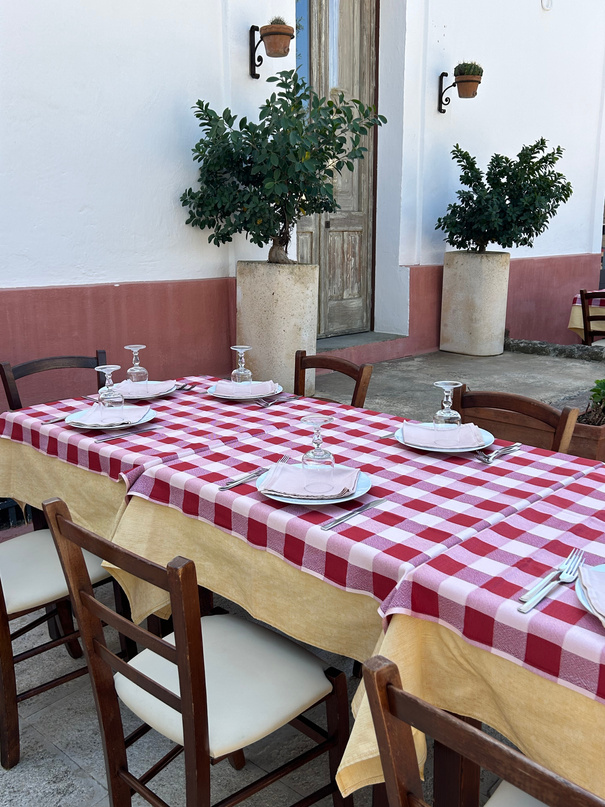
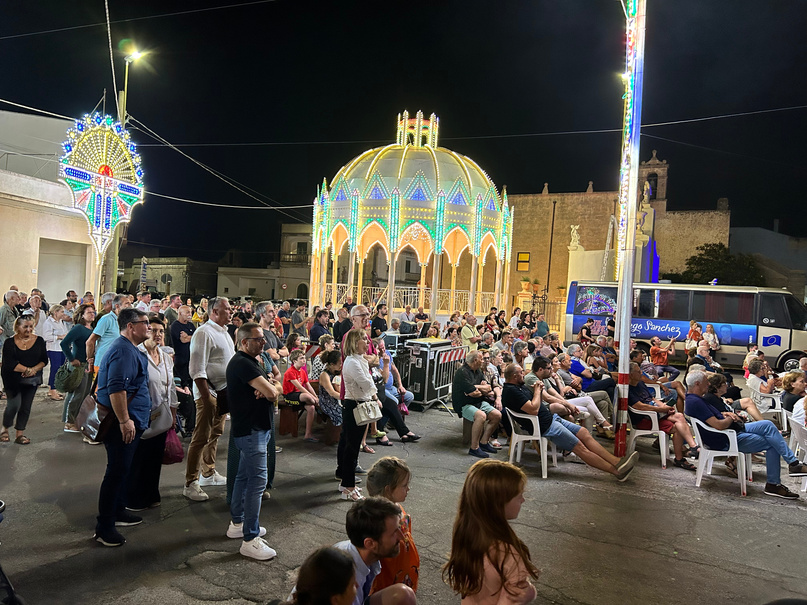



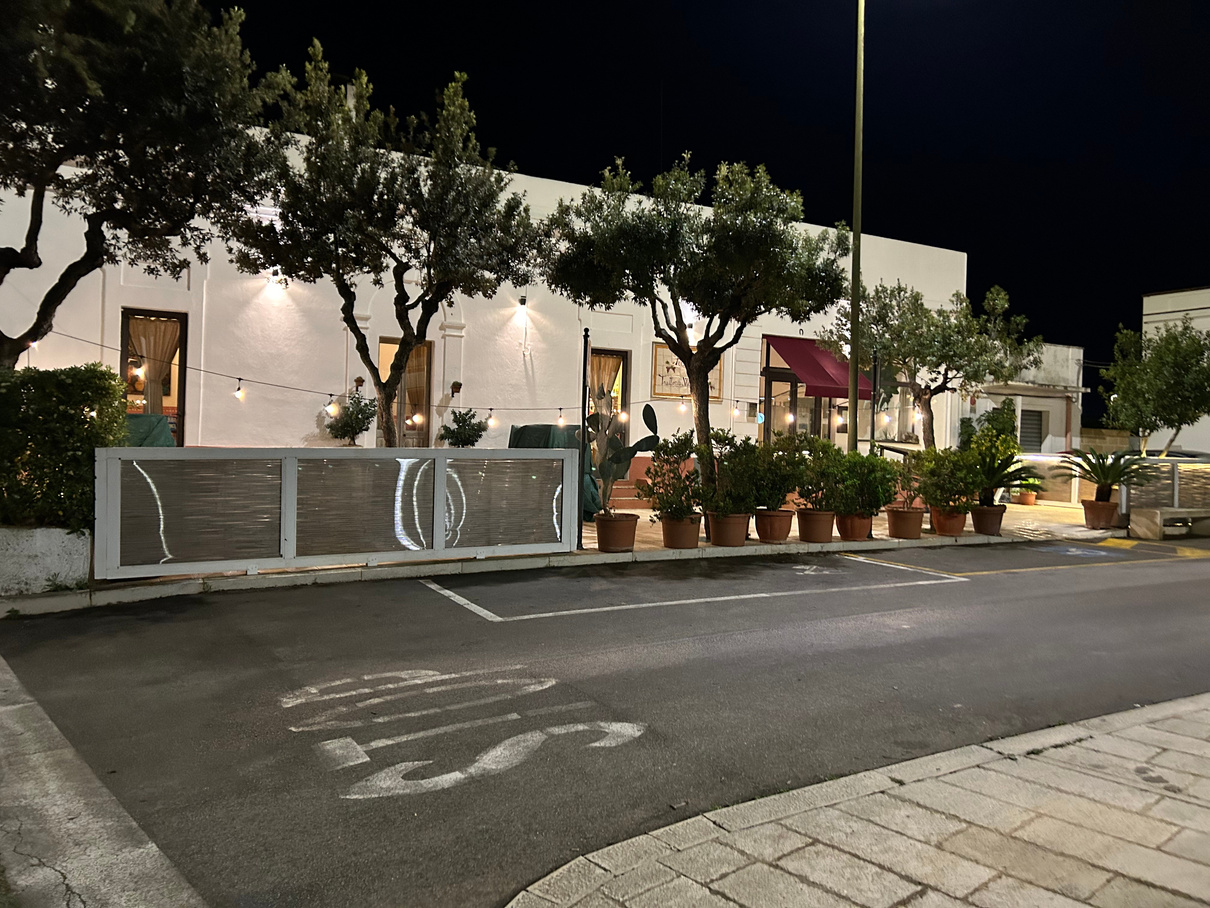
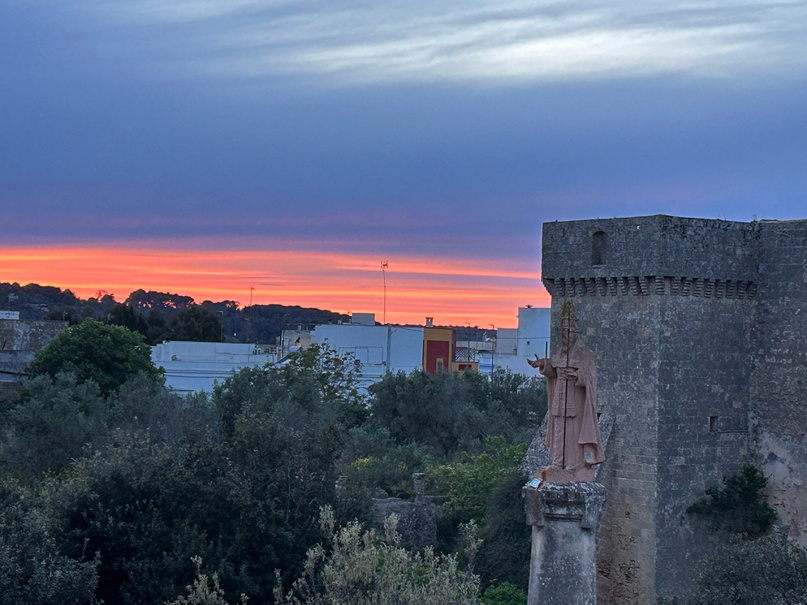
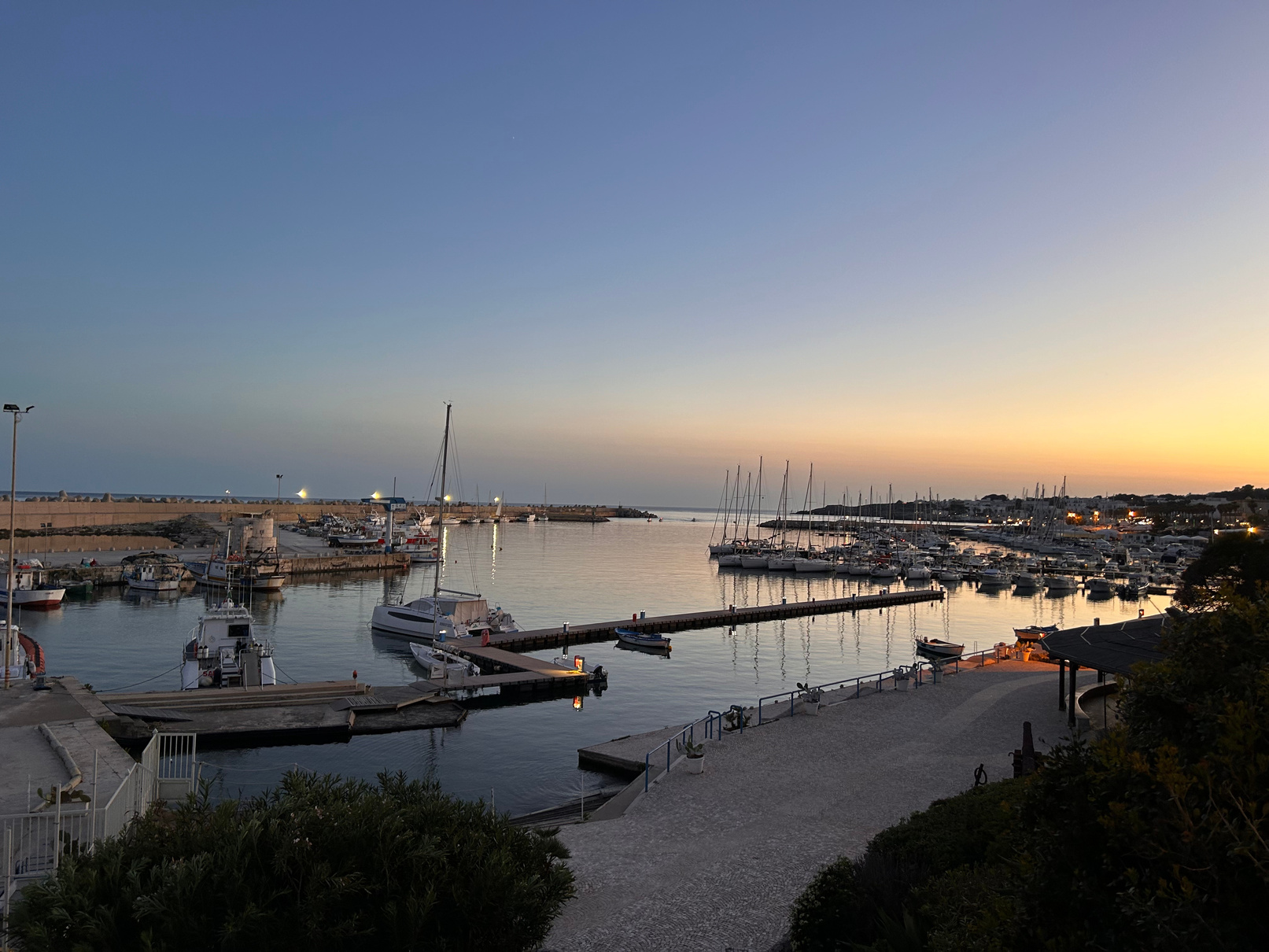
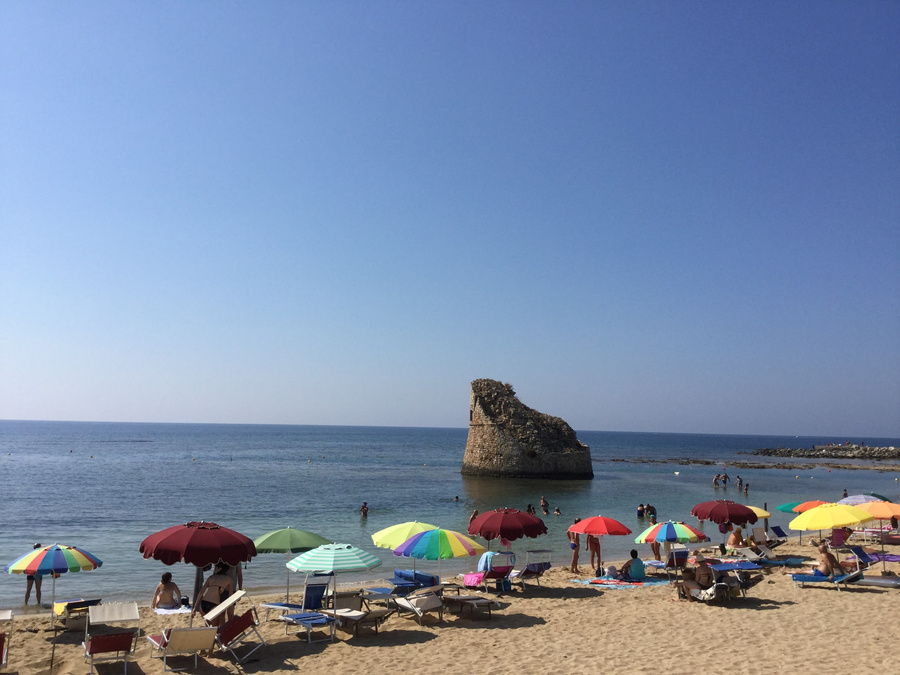

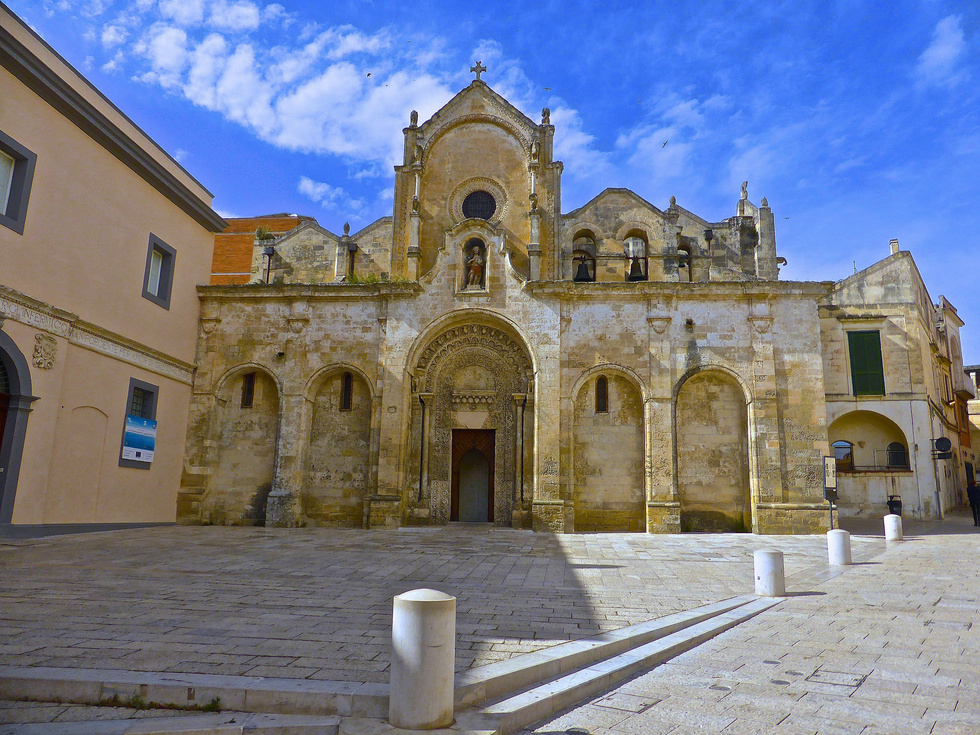
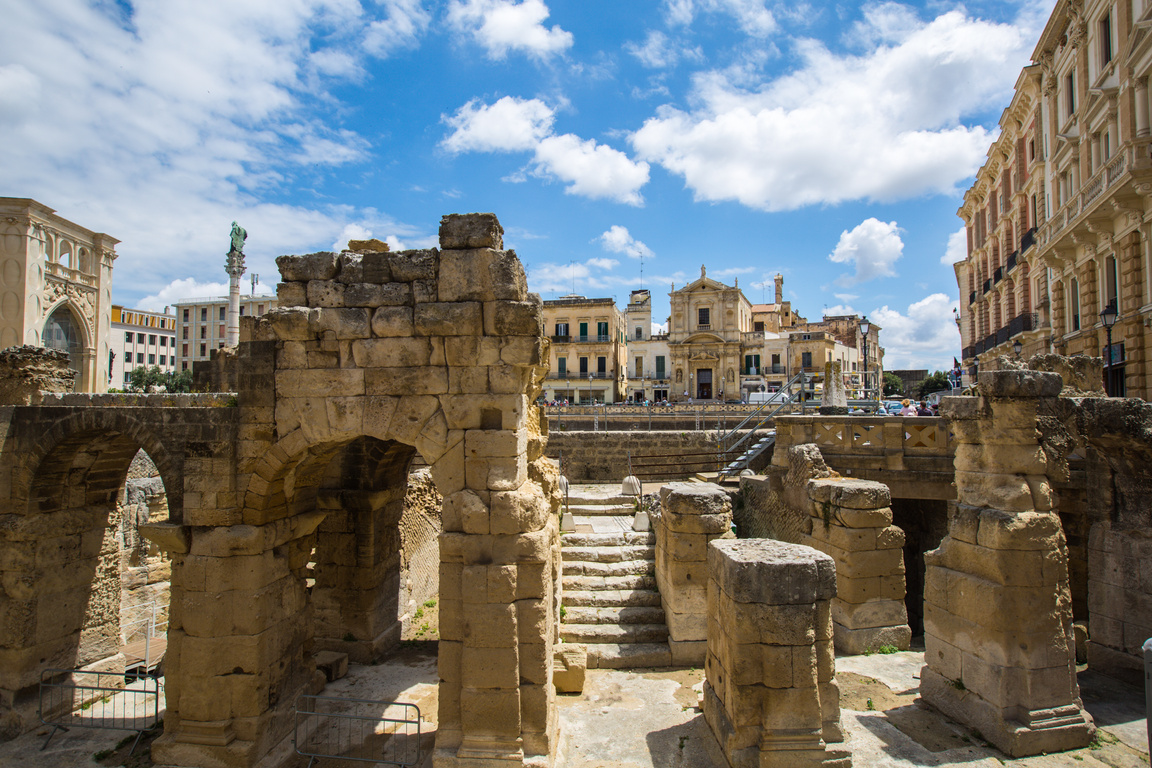
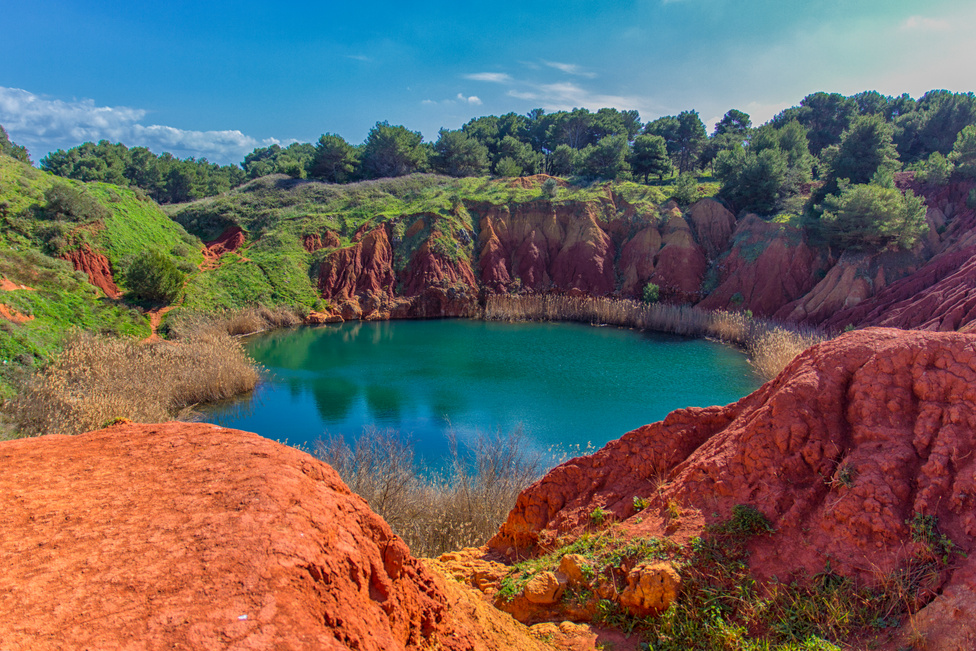
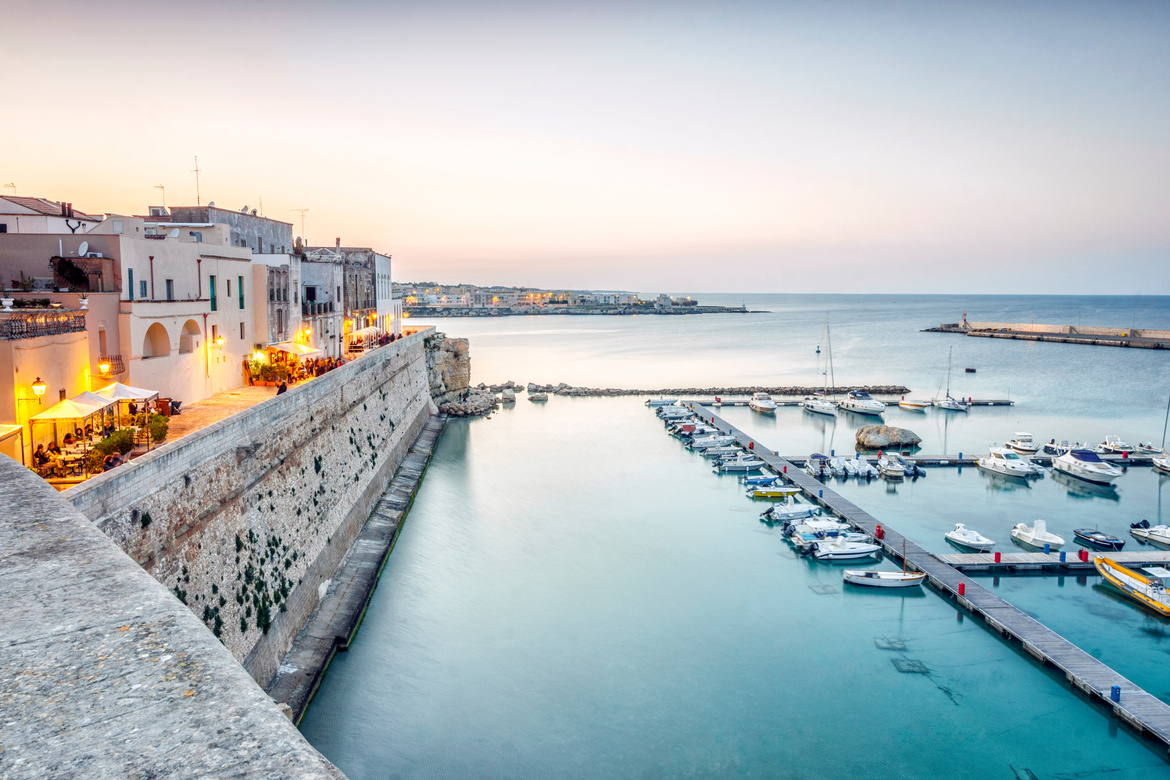
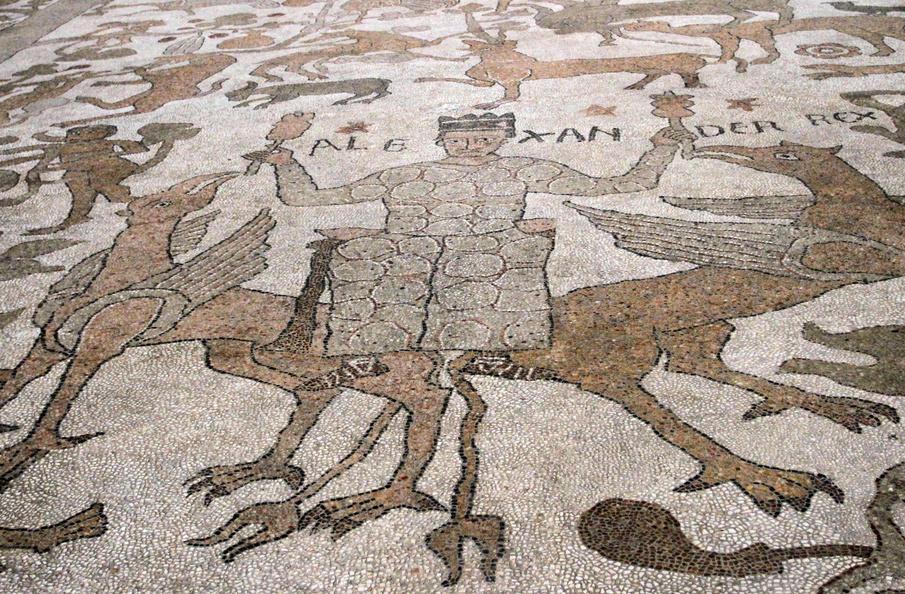
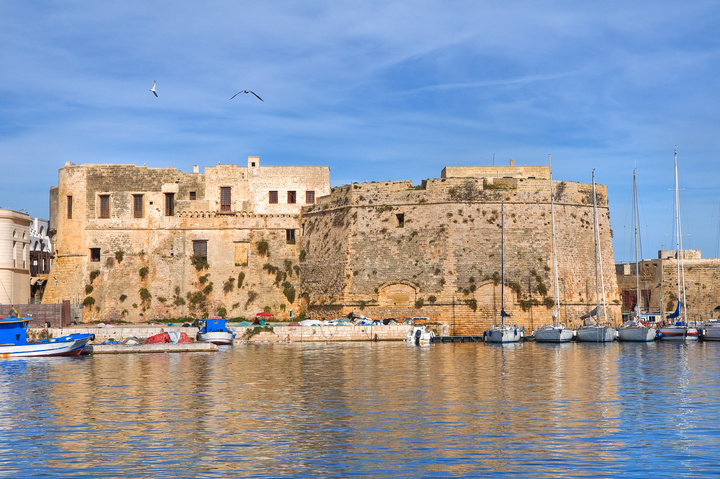

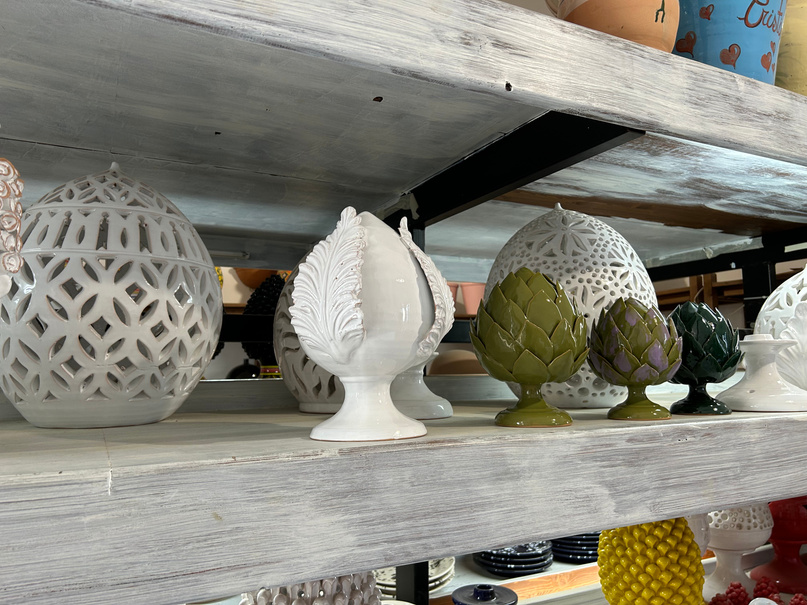
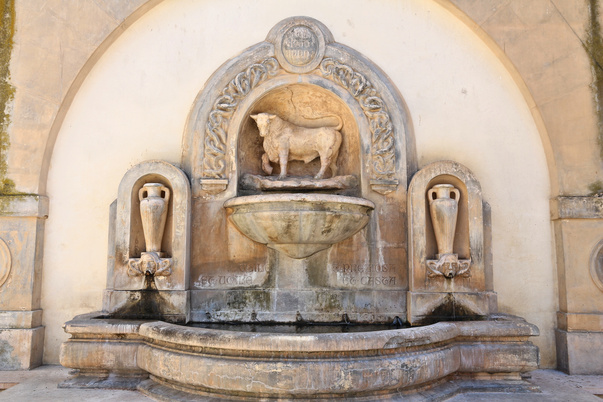
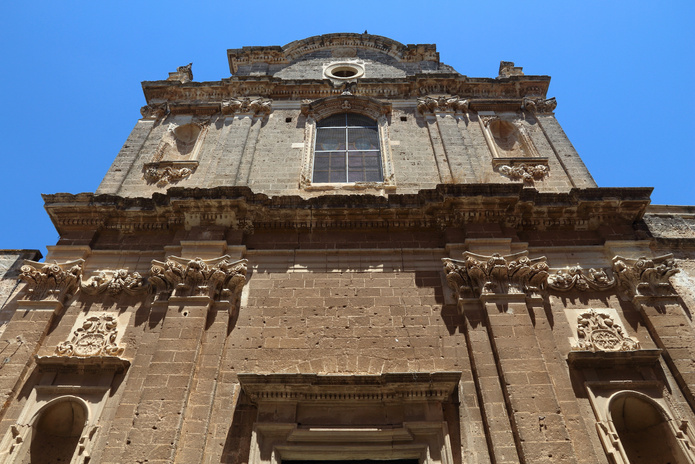

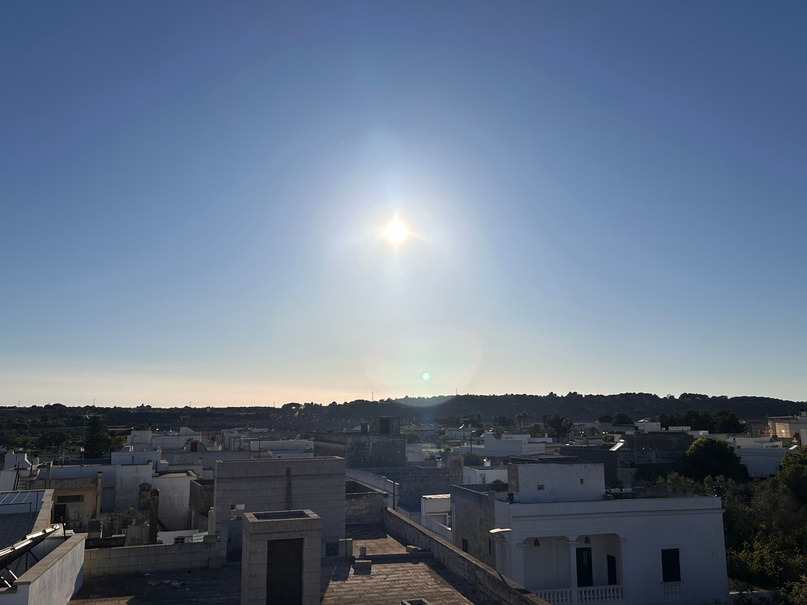
Piazza castello 38


giuliano di lecce
Human settlement in the vicinity of Giuliano di Lecce could have predated the Roman conquest, evidenced by the presence of a menhir located on the outskirts of the village.
The historical roots of Giuliano are intertwined with the aristocratic dynasty that governed it during feudal times, the Cicinelli family. The exact timing and purpose behind the construction of the castle remain elusive to me. However, frequent invasions in the area serve as a plausible reason. The castle transitioned to the ownership of the Cicinelli family when Giambattista Cicinelli wed Antonia de Falconibus in the late 16th century, with Giuliano di Lecce forming part of her dowry.
In the 16th century, Giuliano boasted a population of approximately 682 residents and housed a university known as the Universitas di Giuliano, which was affiliated with the Diocese of Alessano. The town's social significance is evident through Latin inscriptions and epigraphs adorning the historic center's walls, featuring biblical verses and encouraging mottos. Notably, an inscription on the entrance of an underground oil mill reads: "established not with hopes of profit, but of freedom, in the year of our Lord 1789." The reference to freedom aligns with the onset of the French Revolution in the same year and the subsequent abolishment of feudalism under Napoleonic rule in 1806.
During the 17th century under the rule of the Cicinelli family, defensive walls surrounded the town center, with the Gate of Giuliano serving as the entrance, which still exists today. Exiting the apartment and turning left, you will encounter the gate approximately 50 meters away, likely passing through it on your way to Piazza Castello 38. Over time, the prominence of the university waned. Following the end of feudalism in 1806 and the rise of Napoleonic policies, the region experienced a decline. The Universitas Giulianese closed, and on November 25, 1808, the town became a 'frazione'’of the municipality of Castrignano del Capo, like Salignano and Santa Maria di Leuca.
I hope to find more information of the history of Giuliano, especially considering that most new buildings seem to have been constructed around the mid 20th century, so there must have been some kind of social boost.
(Source: Wikipedia and 'I Cicinelli Libro di...'). For further insights on significant events in Puglia, please visit the provided link.
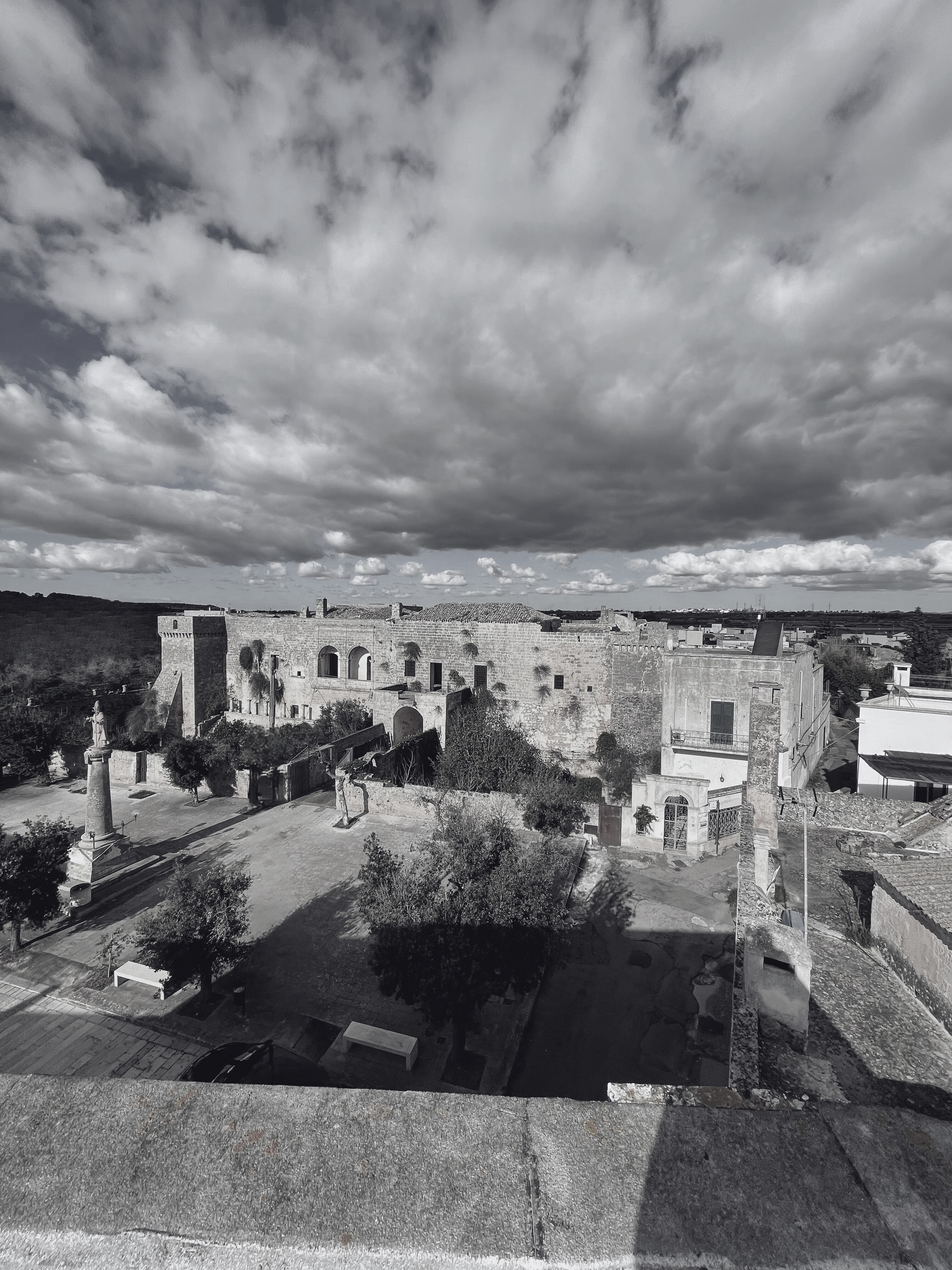


Piazza castello 38

history of Puglia
Timeline
800 BC-272 bc
Magna Graecia
Greeks from Sparta begin to arrive in the 8th century BCE. They settle first in Salento (the southernmost part of Puglia, where still today there is a Greek dialect called Grika) and gradually move northwards. One of their major cities is Tarentum (modern-day Taranto).
272 BC
the romans
The Romans oust the Greeks and rapidly colonise the region. Wheat, olive oil and wine are produced en masse to help feed the mouths of the expanding empire.
264 BC
via appia
The Romans complete the Via Appia, linking Rome with Puglia, ending in Brindisi.This road will later be re-routed by Trajanus. Remains of the end of the road can still be seen in Brindisi, marked by a roman column.Famously reffered to as FINIS TERRAE, the end of the earth.
216 BC
hannibal
Hannibal crushes Roman forces at Cannae in Puglia (one of their worst ever defeats) during the Second Punic War, but the Romans eventually retain control of the region, which continues to thrive as an agricultural centre and trading post for the east.
476
Fall of Rome
Fall of the western Roman Empire. The Germanic leader Odoacer staged a revolt and deposed Emperor Romulus Augustulus.
476-1059
byzantine empire
After a brief incursion of the Lombards, Puglia become part of the Byzantine Empire. It is during this time that the island town of Gallipoli is fortified. Saracens from North Africa frequently attack Puglia but never manage to take it.
1059
normans
In the treaty of Melfi, Robert Guiscard, a Norman,was awarded the Duchy of Apulia, Calabria and Sicily, not having actually conquerd the area. He did so in the 20 years after the treaty. At his death in 1085 he actually was Duke of Puglia, Calabria and king of Sicily.
1200-1250
frederick II
Frederick II, Holy Roman Emperor, aka “Stupor Mundi” inherits Puglia, where he built the Castel del Monte, which is now a World Heritage site.
1282-1861
kingdom of napoli
After the death of Frederick II and the end of the Hohenstaufen line, the Angevin dynasty from France incorporates Puglia into the Kingdom of Naples.Over the centuries the kingdom was in the hands of several (dynastic) rulers; like the kingdom of Aragon, the Habsburgs, the Bourbons and Napoleon. Napoleon left his mark by abolishing feudalism and reforming the justice system.
1861-1946
kingdom of italy
Garibaldi led the ‘Expedition of the Thousand’ on behalf of, and with the consent of, Victor Emmanuel II, King of Sardinia. The expedition was a success and concluded with the annexation of Sicily, Napoli,Puglia, Marche and Umbria to the Kingdom of Sardinia. Later other regions joined and a unified Kingdom of Italy was created on 17 March 1861.
1946
repubblica italiana
Shortly after the surrender of all fascist forces in Italy, civil discontent prompted an institutional referendum, which established a republic and abolished the monarchy in 1946.
1087
1480
interesting facts
san nicola
The relics of San Nicola (Saint Nicolas) are brought to Bari and the Basilica di San Nicola is built. Many catholics still visit the church on a pilgramidge and the Dutch famously celebrate the Saint’s birthday on the 5th December.
turkish invasion
a Turkish force under the command of Gedik Ahmed Pasha lays siege to Otranto. On capturing the town, all male inhabitants over the age of 15 (numbers in the 1000s) are killed. The aging Archbishop, refusing to renounce his faith, is cut into pieces in public and his decapitated head paraded through the town on a pike.Killed in action is Capitano Barone Giovanni Antonio de Falconibus (from the family that built the castle in Giuliano di lecce), celebrated for his bravery in the battle to defend Otranto